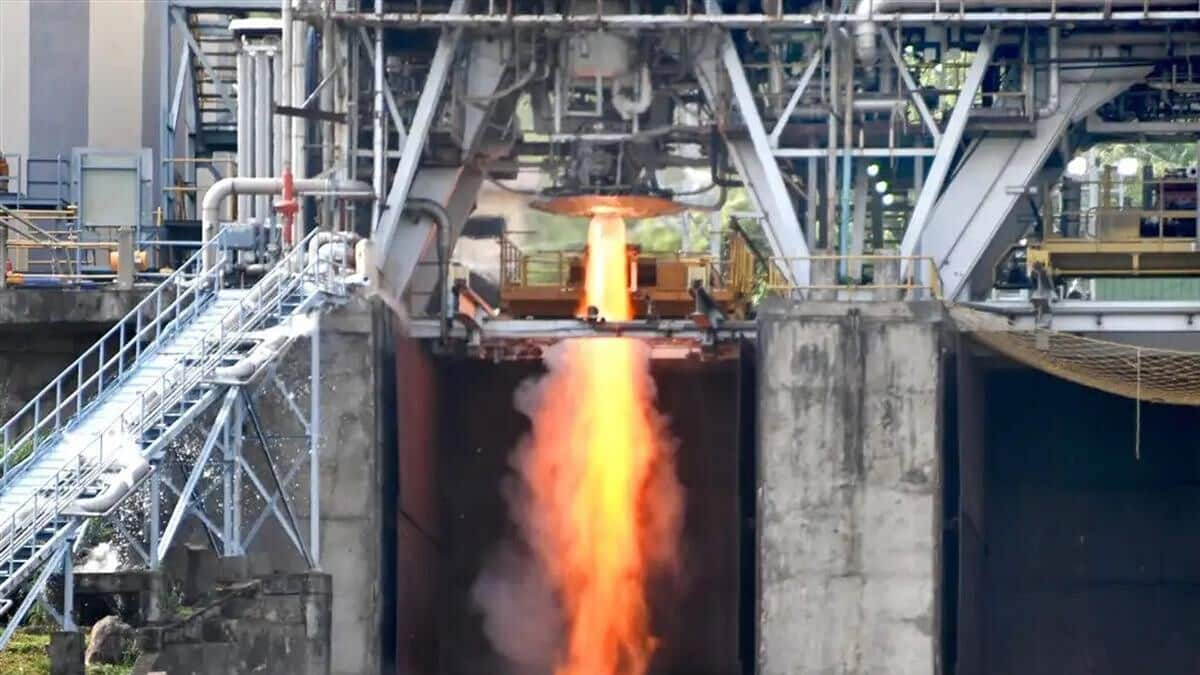
ISRO successfully tests cryogenic engine under simulated space conditions
What's the story
In a major achievement, the Indian Space Research Organisation (ISRO) has successfully conducted a critical vacuum ignition test of its indigenous CE20 cryogenic engine.
The test was conducted at the Propulsion Complex in Mahendragiri, Tamil Nadu.
The achievement is part of ISRO's larger effort to perform multiple cryogenic engine restarts during space flights, underscoring advancements in space technology and innovation.
Simulation
Objectives of the test
The vacuum ignition test was aimed at simulating space conditions for the CE20 engine, which powers the upper stage of the LVM-3 rocket.
The main objective of this test was to ignite the engine's thrust chamber with a multi-element igniter under vacuum conditions.
This process was intended to match tank pressure parameters required for engine restart during actual space flight.
New method
ISRO's innovative approach to restart operations
In a bid to restart operations in an innovative way, ISRO is looking into bootstrap mode for turbopump initiation in place of conventional stored gas systems.
The CE20 mill, developed by ISRO's Liquid Propulsion Systems Centre (LPSC), has already been qualified for 19-22 tons of thrust with a single-start capability.
Mission readiness
CE20 engine cleared for use in Gaganyaan mission
The CE20 engine has been cleared for use in the upcoming Gaganyaan mission. This newest vacuum test comes after previous successful trials conducted under ground conditions. Both the engine and facility performed as expected during this trial, further demonstrating ISRO's capabilities in space technology.